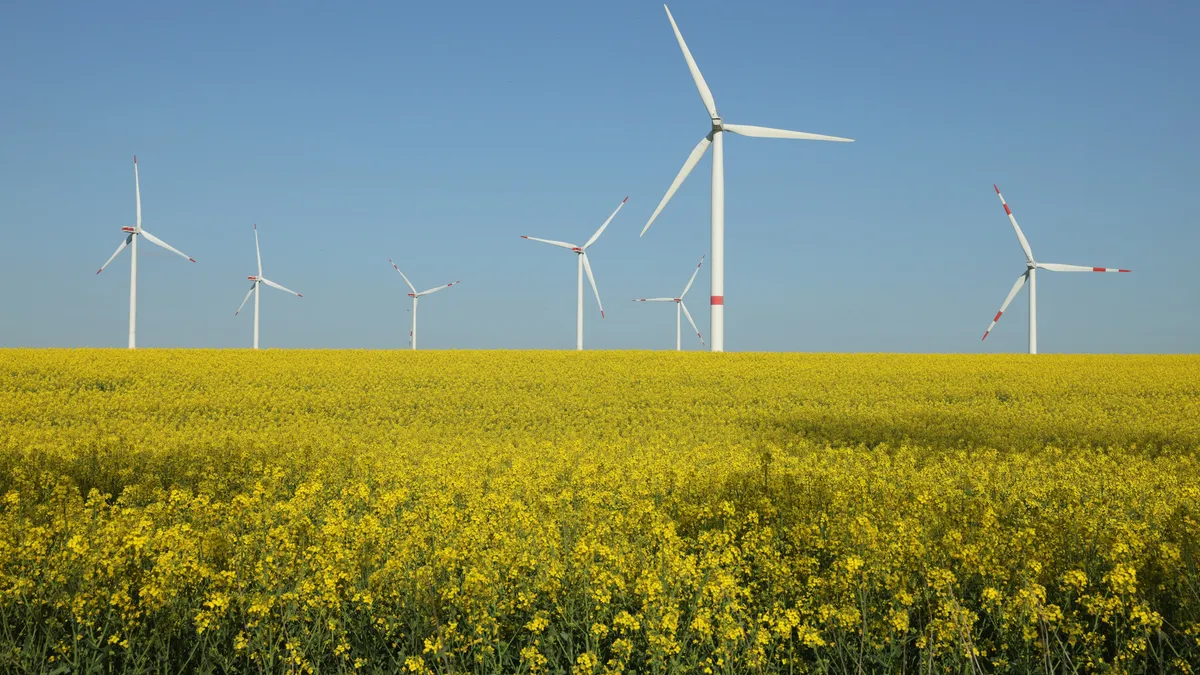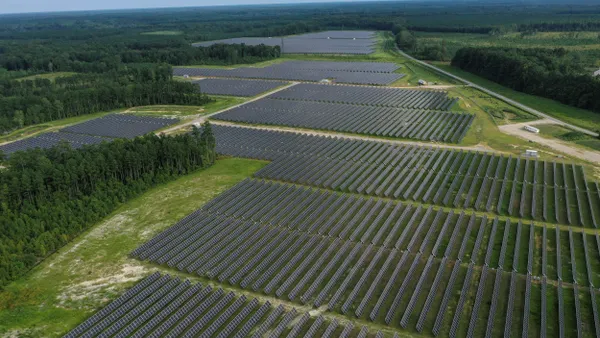Clean energy and transportation investment hit an all-time high in the first quarter of this year, reaching $71 billion and seeing twice as many investment announcements compared with last quarter, according to a report from the Clean Investment Monitor, a joint project of the Rhodium Group and MIT’s Center for Energy and Environmental Policy Research.
In comparison, the first quarter of 2023 saw $51 billion in new investments, while the entire year of 2018 saw $78 billion, the report found.
“Investment in manufacturing clean energy and transportation technology continued to be the main driver of clean investment and growth and increased 28% quarter-on-quarter, again led by the electric vehicle supply chain,” said a release from the Rhodium Group.
Retail investment and investment in the deployment of technology to decarbonize energy and industrial production both dropped 3% from the previous quarter, while increasing year over year from the first quarter of 2023, the report found.
The decline in retail investment was driven by “a slowdown in zero-emission vehicle sales in Q1,” the release said.
Utility-scale solar investment “fell by 16% from the record $11 billion invested last quarter,” the report found, while “wind investment decreased 32% quarter-on-quarter to $1.9 billion in Q1,” a 5% decline year-over-year.
“The most rapid growth in energy [and] industry segment investment in Q1 2024 occurred in emerging climate technologies — clean hydrogen, carbon management, and sustainable aviation fuels,” the report said.
However, clean hydrogen production investment “fell 33% quarter-on-quarter, and 88% relative to Q1 2023,” the report found.
Emerging climate technology investment totaled $6.3 billion last quarter, “a 37% increase relative to Q4 2023 and a five-fold increase relative to Q1 2023,” and surpassed wind investment, the report said.
“While newly announced wind investments grew in Q1 to $2 billion, that remains considerably below average levels for the past few years, suggesting that interest rate, supply chain, transmission access and siting and permitting issues continue to confront the technology,” said the report.
The offshore wind industry in particular has been working against those macroeconomic factors over the last year, with several projects delayed, canceled or renegotiated. Industry executives have said earlier derisking on offshore wind is necessary to protect investments in these capital-intensive projects.
The booming solar industry is also confronting some uncertainty. In January, Mercom Capital Group CEO Raj Prabhu said interconnection delays, project delays and component shortages, along with uncertainty regarding interest rates and IRS guidance for the Inflation Reduction Act, “are making investors a little bit more cautious when it comes to M&A.”
Electric vehicles saw the most significant manufacturing investment gains, with 84% of new manufacturing investment announced in the first quarter being “concentrated on the EV supply chain,” the report found.
However, a slowdown in zero-emission vehicle sales led to a decrease in retail investment, the report said – driven by battery electric vehicles, while “plug-in hybrid electric vehicles continued to post strong registration growth.”
“For BEVs, a decline in Tesla Model 3 registrations accounted for nearly two-thirds of the overall drop,” the report said.
Correction: A previous version of this article misidentified the report's publisher. The Clean Investment Monitor is a joint project of the Rhodium Group and MIT’s Center for Energy and Environmental Policy Research.















